This case was not an insurance claim. The owner of the home did not have insurance. A city fire investigator called me because of my reputation as a forensic electrical engineer. He suspecting that the fire was caused by an open neutral. The site was less than a one hour drive from my home so I visited and photographed the site. Both I and the city fire investigator informed the owner of the home that this fire was caused by the power company's neutral rubbing against another wire. Two years later, an attorney representing the homeowner hired me as an expert witness. A joint inspection was set up with the power company. During the inspection I was shocked when I touched the ground rod. The bare neutral service conductor had melted into one of the energized service conductor, and electricity had been flowing into the ground for two years. This subrogation lawsuit was settled without going to court.
For electrical current to flow, there must be a return path back to the source. For a home, the "source" is the power company's distribution transformer. The path for the return current is normally the power company's neutral. In the event of an open neutral, the current will seek the path of least resistance. Often this is a "sneak" path through the telephone company's ground or cable TV company's ground; both of which are tied to the power company's neutral.
In the case below, the "sneak" path was the cable TV company's ground. The ground of the coax cable got so hot that it melted the PVC wire insulation. Not surprising, the origin of the fire was a television set that was connected to the cable TV coax. Finally, the cable TV coax came out of the splitter, at the pole, breaking the "sneak" path.
For Maximum Resolution, Click on the Body of the Picture.
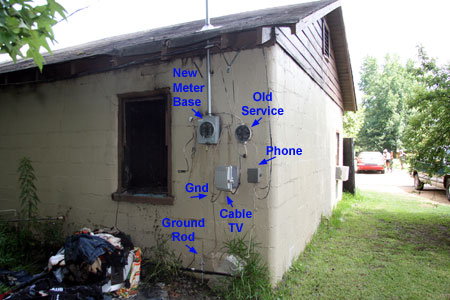

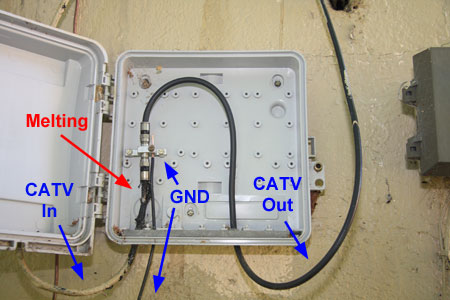
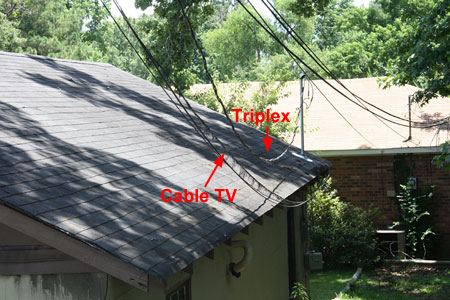
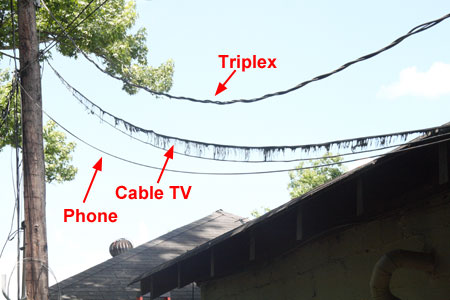
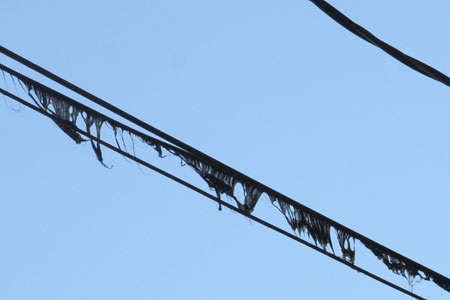
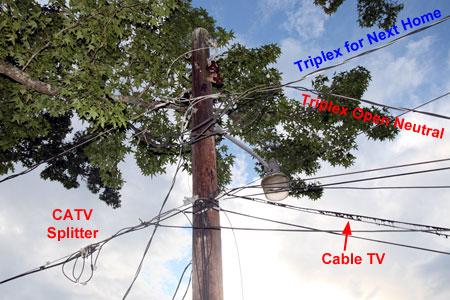
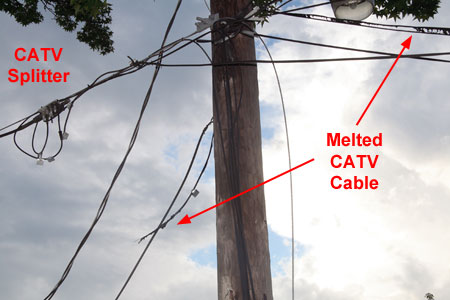
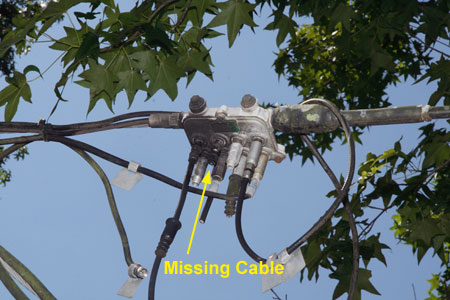
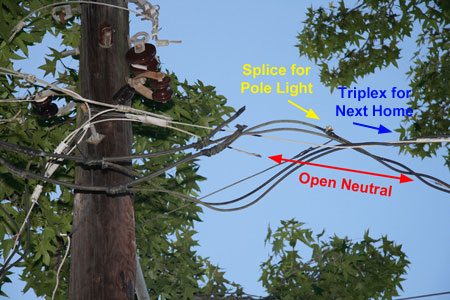

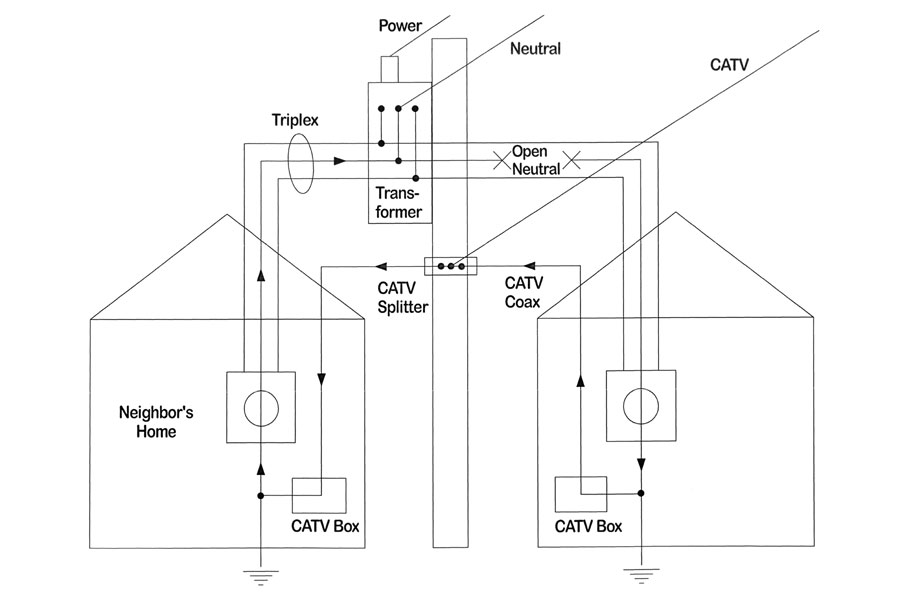
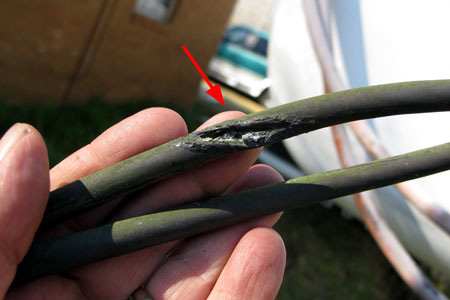
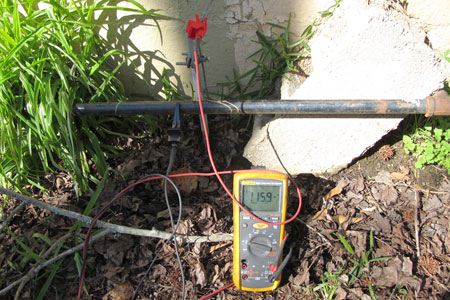
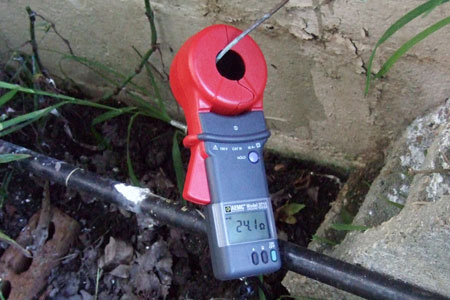
References: 1. 2014 Edition NFPA 921, "Guide for Fire & Explosion Investigators", Section 9.5.2.